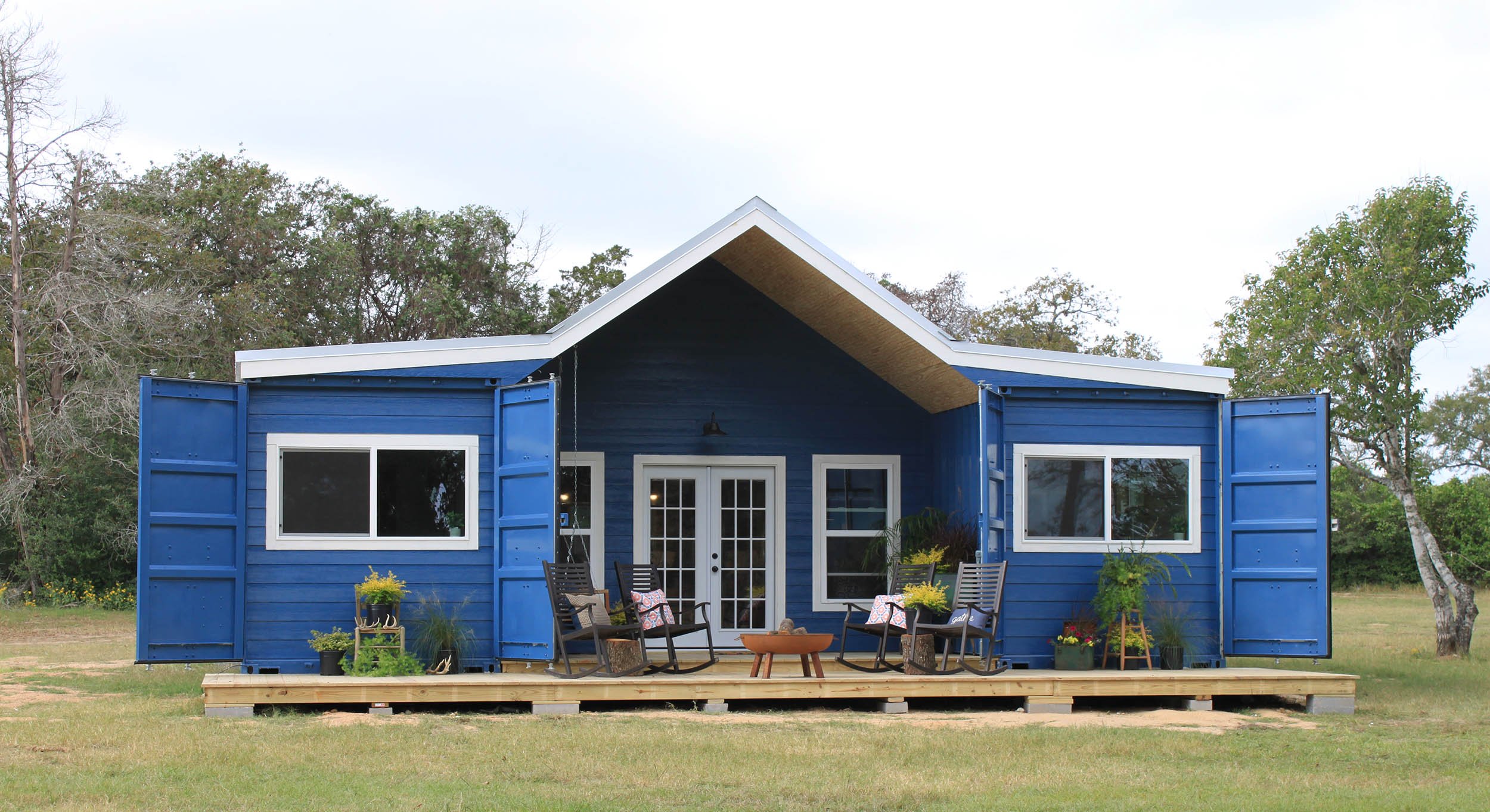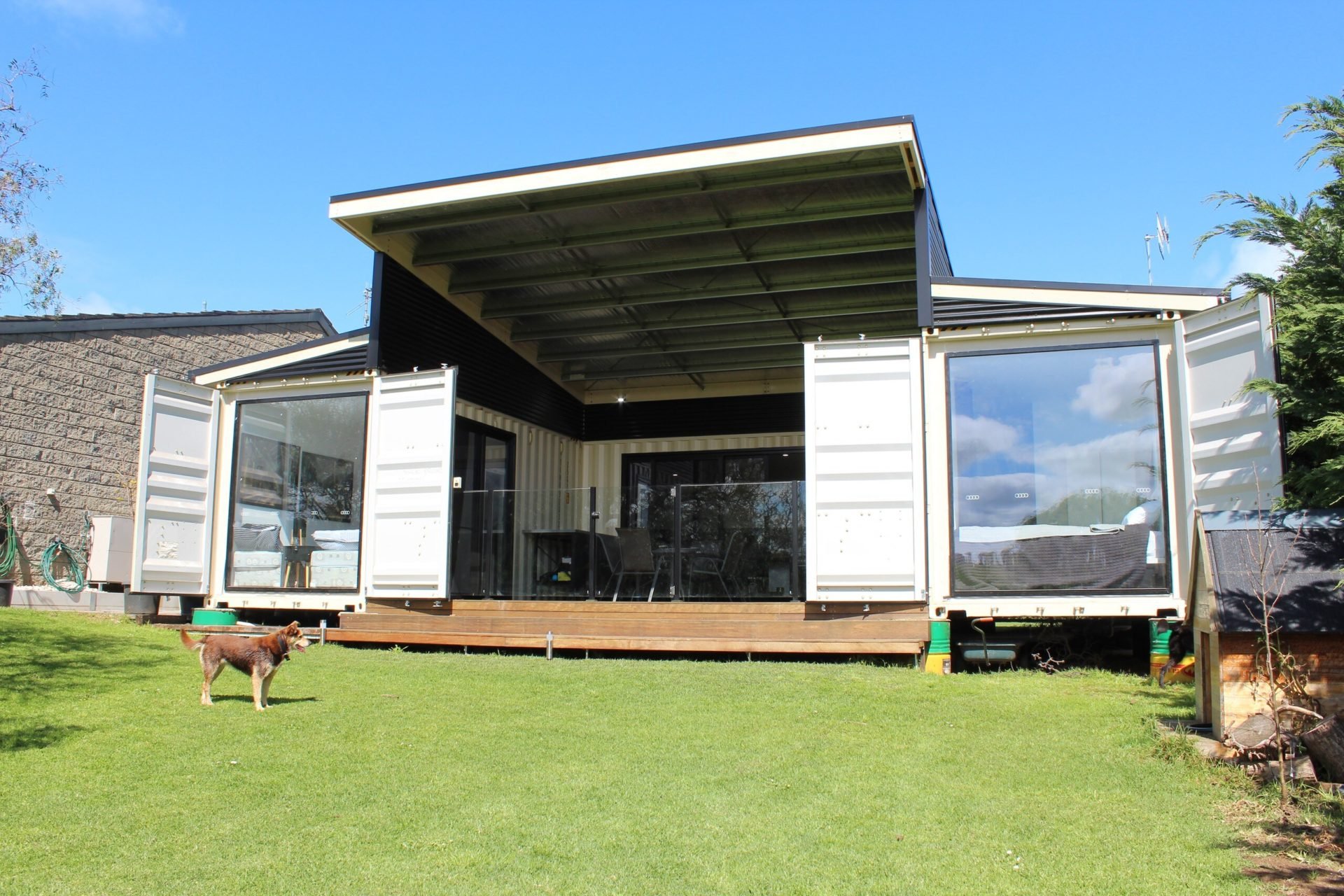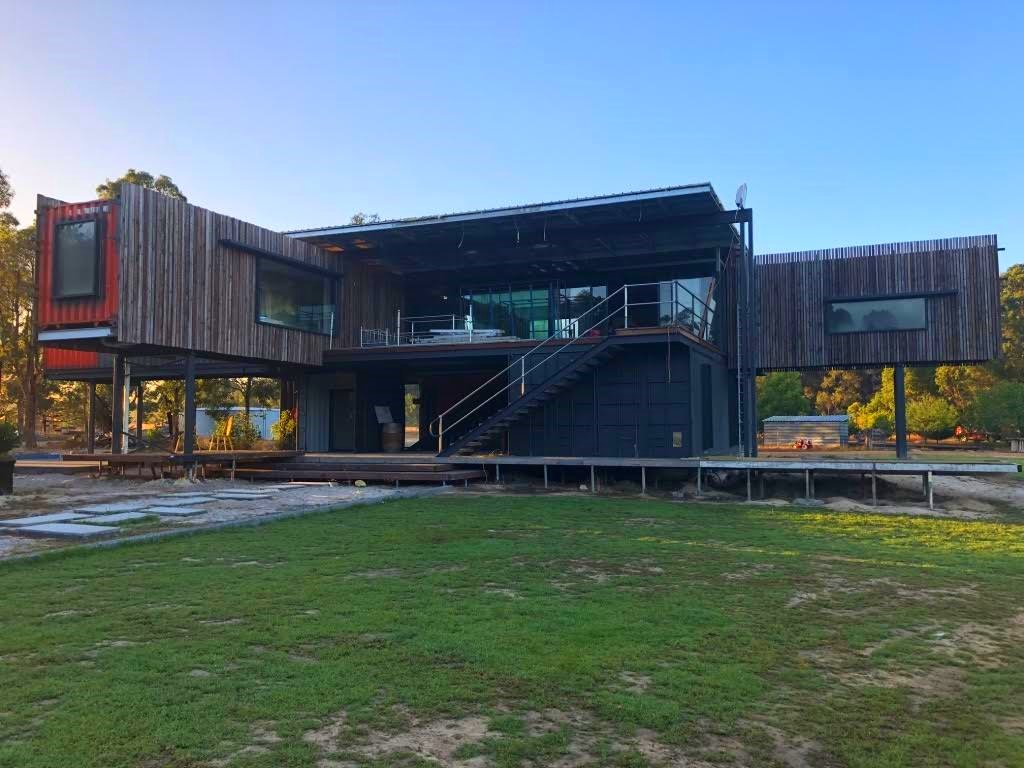Shipping Container Homes Legal in Australia?] With the rising cost of traditional housing, many people are turning to alternative options. Shipping container homes are one of the most popular alternatives, but are they legal in Australia? The answer is yes, but there are some important things to consider. Building codes, zoning laws, and construction practices are all important factors to be aware of when constructing a shipping container home in Australia. This article will provide an overview of the legality of shipping container homes in Australia and the factors to consider when building one.
Key Takeaways:
- Shipping container homes are legal in Australia, but require adherence to local council regulations.
- These homes are treated like permanent buildings for planning, engineering, and inspections.
- Conversion costs vary greatly, averaging $30,000-$50,000 for a move-in-ready structure.
- Container homes offer customizable designs and finishes, allowing for modern and stylish living spaces.
Are Shipping Container Homes Legal in Australia?

Shipping containers have become attractive options for home construction due to their durability and affordability. But are shipping container homes legal in Australia?
The answer is yes, but it depends on local council regulations. Councils generally treat container homes like other permanent buildings regarding planning requirements, engineering plans, and inspections. Ensure you check with your local council before starting any construction.
Considerations for Building with Shipping Containers
-
Zoning: Ensure your property is zoned for residential use and that the container home complies with setbacks and height restrictions.
-
Building Codes: Container homes must meet the same building codes as traditional homes, including structural integrity, fire safety, and accessibility.
-
Engineering: You’ll need an engineer to design and certify the structural integrity of your container home.
-
Insulation: Shipping containers are not well-insulated, so you’ll need to add insulation to ensure thermal comfort.
Cost and Customization
Converting a shipping container into a home can range from $15,000 to $400,000. The average cost for a ready-to-move-in structure is $30,000-$50,000. Container homes can be customized with various designs and finishes to create modern and stylish living spaces.
Conclusion
Shipping container homes offer a unique and affordable alternative to traditional construction. By following local regulations and building codes, you can create a legal and safe container home that meets your needs and budget.
- Do you have any queries regarding the legality of shipping container homes in Canada? Find out the answer here
- Looking for information about Clayton Homes? Wondering whether they’re mobile or modular homes? Get the facts here.
- Determine if double wides fall under the category of mobile homes by exploring this informative resource.
Shipping Container Homes: Legality and Considerations in Australia

Shipping container homes are a practical and sustainable housing option, and their popularity is rising in Australia. However, it’s crucial to understand their legality and regulations in different regions.
Legality:
According to the Building Code of Australia, Shipping container homes are legal as permanent or temporary residences. However, local councils have the authority to impose specific requirements and restrictions. Before starting construction, checking with your local council is advisable.
Considerations:
1. Building Codes and Regulations:
Shipping container homes must comply with the same building codes and regulations as traditional homes. This covers standards for structural integrity, fire safety, and energy efficiency. Building permits, engineering plans, and inspections are usually needed.
2. Zoning Restrictions:
Local councils may have zoning laws that restrict the placement and design of Shipping container homes. Check with your council about any specific regulations in your area, such as allowable heights, setbacks, and compatible land use.
3. Site Requirements:
Shipping container homes require a suitable site with proper drainage, access, and utilities. Factors such as foundation type, soil conditions, and stormwater management should be considered.
4. Design and Customization:
Shipping containers can be modified and customized to create various home designs with modern features and finishes. However, ensure any alterations comply with building regulations and structural requirements.
5. Cost and Timeframe:
The cost of a Shipping container home varies depending on factors like size, design complexity, and materials used. The average cost ranges from $30,000 to $50,000 for a typical unit. Construction can take several months, including design, permits, and construction time.
Key Takeaways:
- Shipping container homes are legal in Australia, but local council regulations should be consulted.
- They must adhere to the same building codes and regulations as traditional homes.
- Zoning restrictions and site requirements should be considered.
- Shipping container homes offer flexibility and can be customized to suit individual styles.
- Costs and construction timelines vary based on the scope of the project.
Sources:
- A Guide to Shipping Container Homes in Australia: Design, Cost, and Legality:
- Shipping Container Homes in Australia: A Complete Guide for 2024:
Legality and Considerations of h in Australia
h homes enjoy legal status in Australia! But, hold on! Before setting sail on this adventure, let’s navigate the waters of local council regulations. They’ll guide us on building permits, engineering plans, and inspections.
Now, let’s dive into the considerations:
-
Cost: Brace yourself for a range from $15,000 to $400,000. But remember, luxury comes at a premium.
-
Pros:
- Steely Strength: These homes are built to weather the storms.
-
Watertight Seal: No leaks here, mate!
-
Cons:
- Code Compliance: Modifications may be needed to meet building standards.
Key Takeaways:
- h homes are legal down under, but local councils hold the reins.
- Check local regulations for specific requirements.
- Plan for costs that can vary greatly.
- Enjoy the durability and watertight nature of these homes.
- Remember, modifications may be necessary to meet building codes.
Citations:
- A Guide to Shipping Container Homes in Australia: Design, Cost, and Legality
- Shipping Container Homes Australia 2022 Guide
Shipping Container Homes: Legality and Considerations in Australia
Looking to build a unique and sustainable home? Shipping containers offer an alluring option. But hold on there, mate! Before you dive into the world of container conversions, let’s make sure you’re not breaking any laws. So, buckle up and let’s navigate the legality and considerations of shipping container homes Down Under.
The Legal Lowdown
Australia gives the green light to shipping container homes. But here’s the catch: you’ll need to abide by local council regulations. Don’t worry though, they usually treat them like any other permanent building, which means planning permits, engineering plans, and inspections are a must.
Considerations for the Savvy Builder
Cost Conundrum:
The price tag on your container home can vary like a rollercoaster, from $30,000 to $275,000. Size, materials, and the magic touch of your builder all play a role.
Zoning Zone-out:
Don’t forget about zoning regulations! Local councils have a say in where and how you can build your container home.
Site Selection Smarts:
Choose your site wisely. Make sure it has the right drainage, access, and utilities. Remember, shipping containers aren’t designed for swampland!
Design and Customization:
Let your creativity flow! Shipping containers can be transformed into architectural wonders. But remember, any modifications must comply with building regulations, so don’t go too wild.
Pros and Cons:
Time to weigh the pros and cons:
Pros:
-
Weather-resistant: Hold up against storms like a champ.
-
Snug as a bug: The airtight construction keeps you cozy.
Cons:
- Modifications may be needed to meet building standards.
Key Takeaways:
- Shipping container homes are legal in Australia.
- Council regulations and planning requirements apply.
- Costs can vary significantly.
- Site selection, zoning, and design are crucial considerations.
- Pros: durability, watertightness.
- Cons: compliance modifications may be necessary.
Relevant Sources:
- Shipping Container Homes: Designing, Costs & Inspiration
- Shipping container homes in Australia: A complete guide 2024
FAQ
Q1: Are shipping container homes legal in Australia?
A1: Yes, shipping container homes are legal in Australia, but it is important to check with local councils for specific regulations.
Q2: How much does a shipping container home cost in Australia by size?
A2: The cost of a shipping container home in Australia varies depending on the size, materials, and builder choice. Generally, a basic unit starts at around $30,000, while a more luxurious model can cost up to $275,000.
Q3: Are shipping container homes subject to the same regulations as traditional construction projects?
A3: Yes, shipping container homes are subject to the same building codes, planning requirements, and inspections as traditional construction projects.
Q4: Can I build a shipping container home on my own?
A4: While it is possible to build a shipping container home on your own, it is recommended to work with a qualified builder to ensure the home meets all necessary safety and building regulations.
Q5: Are there any specific considerations for shipping container homes in Australia?
A5: Yes, there are some specific considerations for shipping container homes in Australia, such as:
* Ensuring the container is structurally sound and free of rust or damage
* Providing adequate insulation and ventilation to meet local building codes
* Properly connecting the container to utilities and services
- Dora the Explorer Wipe-Off Fun: Safe & Mess-Free Activities for Little Explorers - April 18, 2025
- Does Lemongrass Repel Mosquitoes? Fact vs. Fiction + How to Use It - April 18, 2025
- Do Woodchucks Climb Trees?Fact vs. Fiction - April 18, 2025










